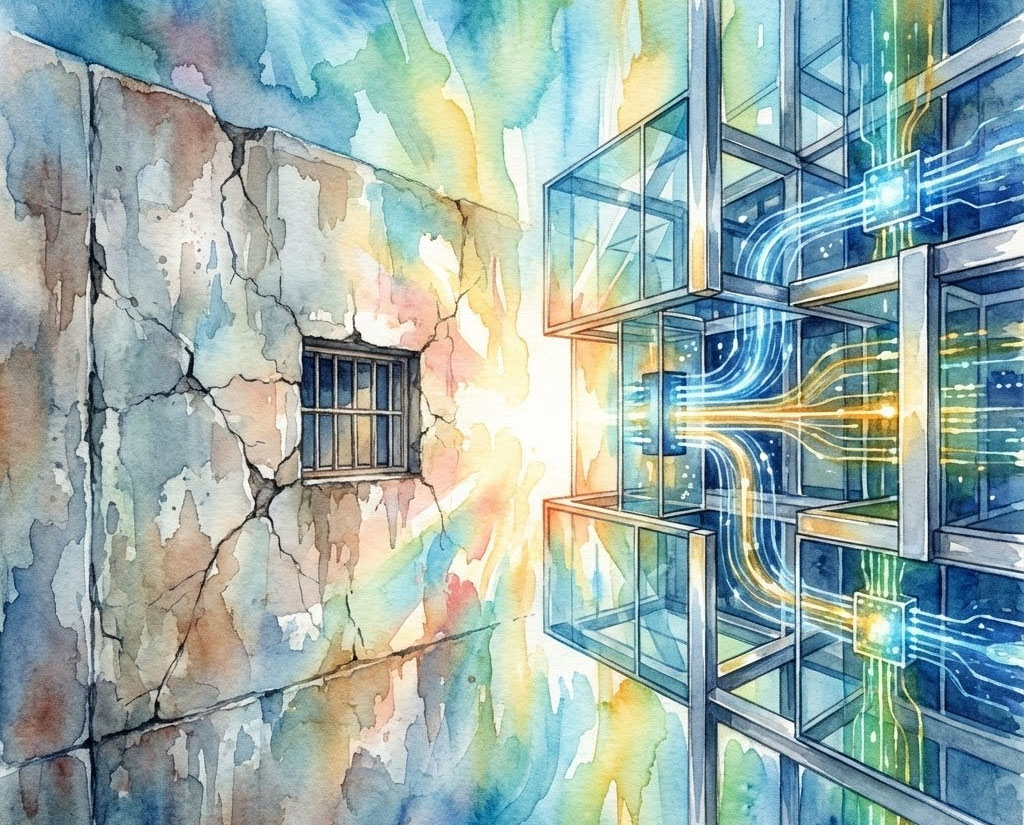
Once considered a niche event, the Paralympics has evolved significantly over the decades, gaining global visibility and respect. Now, with the same governing committee overseeing both the Olympics and Paralympics, these games stand as a powerful symbol of inclusivity and progress. Paralympic athletes not only push the boundaries of physical ability but also challenge societal perceptions of disability. Their journeys of resilience, determination, and triumph shine a spotlight on the broader conversation surrounding disability health disparities—issues that deserve urgent attention and action.
The 2024 Paralympic Games, held from August 28 to September 8 in Paris, marked a historic moment with more than 4,000 athletes competing in 22 sports across 549 medal events. This year's event broke multiple viewership records, including more than 15.4 million global viewers, making it the most-watched Paralympics broadcast in history, thanks to expanded coverage across all platforms, including streaming and social media.
The Paralympic Journey
Paralympic athletes come from diverse backgrounds, each bringing their own unique experiences and challenges. These elite athletes not only inspire us with their achievements but also bring attention to the barriers that still exist in society. Their stories underscore the urgent need to address the disparities in healthcare and accessibility that many people with disabilities face.
Athletes with physical disabilities may face obstacles including societal stigmas, physical limitations, or health-related hurdles. Addressing such challenges is not merely about competing in sports; it is a profound journey of self-discovery and empowerment. Many athletes embrace a mindset that views challenges not as barriers but as opportunities for growth. This shift in perspective is a hallmark of their triumph, allowing them to redefine their identities and capabilities. Alongside the growing recognition of Paralympic athletes, there have been improvements in accessibility, healthcare policies, and public awareness around disability issues. More accessible medical equipment, public spaces, and technology have made some progress in creating a more inclusive world for people with disabilities.
The media coverage of the Paralympics has also seen a positive shift, moving beyond mere inspiration stories to focus on the athletes' competitive achievements and skills. This broader representation has fostered greater societal awareness of both the capabilities and the rights of individuals with disabilities, contributing to a growing movement that seeks to dismantle not only physical barriers but also those of public perception and bias.
Understanding Disability Health Disparities
Despite the progress in recognizing the achievements of elite Paralympic athletes, many individuals with disabilities continue to experience significant health disparities. Those disparities are often driven by ableism—discrimination and social prejudice against people with disabilities. Research shows that people with disabilities often face challenges in accessing quality healthcare, leading to poorer health outcomes. Factors such as socioeconomic status, lack of accessible facilities, and discrimination within healthcare systems contribute to these disparities.
Adults with disabilities are more likely to experience chronic health conditions compared to those without disabilities. Moreover, the COVID-19 pandemic highlighted these issues further, with people with disabilities facing increased risks and challenges in accessing medical care and vaccinations.
The stories of Paralympic athletes can help serve as a catalyst for change, emphasizing the need for improved healthcare policies and practices. By advocating for more inclusive healthcare systems, we can ensure that all individuals, regardless of ability, have access to the care they need.
The Path Forward
As we celebrate athletic achievements as a symbol of inclusivity, we must also commit to addressing the systemic barriers that persist in our society. This means advocating for policies that promote accessibility in healthcare facilities, ensuring that healthcare professionals receive training in disability awareness, and fighting against discrimination that limits opportunities for individuals with disabilities.
While the Paralympics have contributed significantly to raising awareness, the true measure of progress will be how well society addresses ableism and works to further reduce disparities. Athletes on the global stage are proof of what can be achieved when barriers are broken, but their stories also highlight the need for continued advocacy. Let us celebrate the incredible accomplishments of Paralympic athletes while also committing ourselves to the vital work of addressing disability health disparities. Together, we can pave the way for a more inclusive future—one where everyone, regardless of ability, has the opportunity to thrive. The change starts with us.
The progress we've seen in raising the profile of the Paralympics highlights the potential for change, but the journey toward full accessibility and equity in healthcare for people with disabilities is far from over. To help address these gaps, the Community Champions for Disability Health Challenge invites innovators to contribute their ideas. With your help, we can accelerate solutions that make healthcare more accessible for everyone. Join us in this important effort today!








